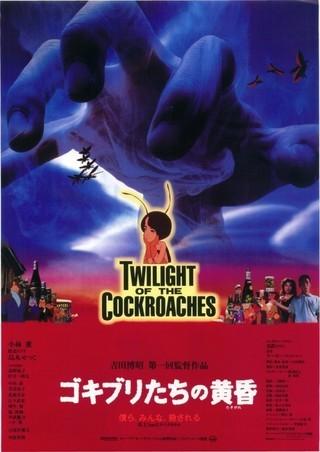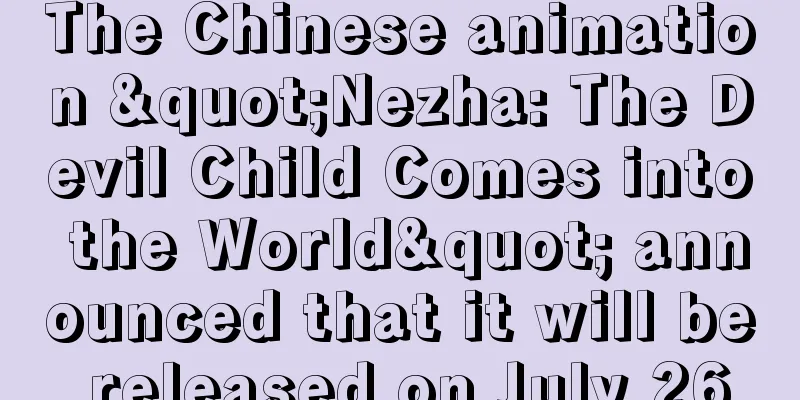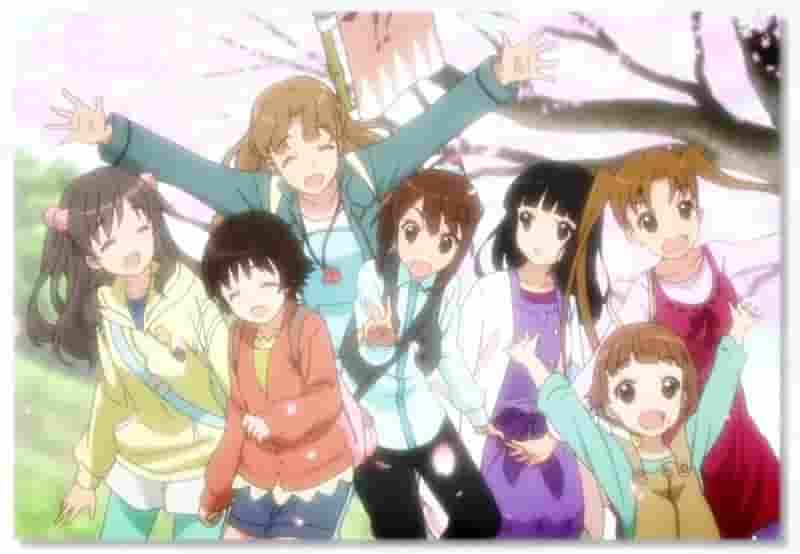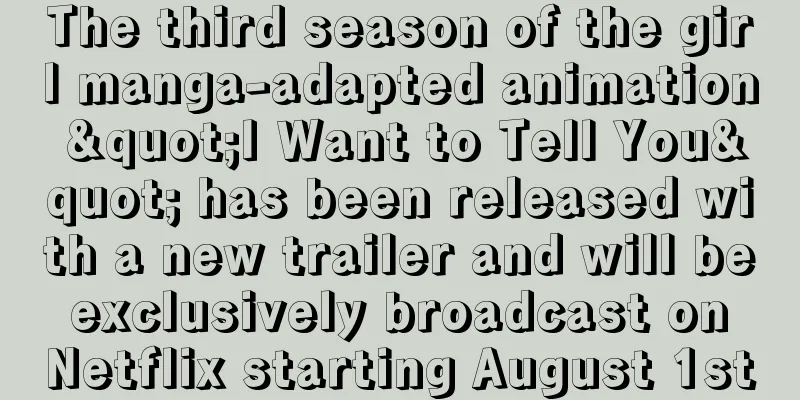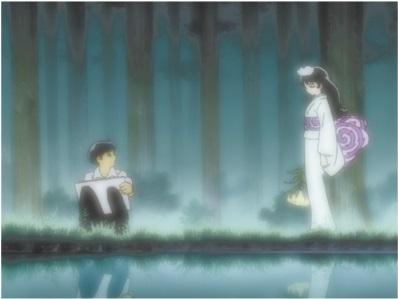The appeal and evaluation of "The Little Rabbit in the Forest": A moving story and the depth of its characters

The charm and reputation of the forest rabbit - Mori no Ko Usagi■ Public Mediatheater ■ Original MediaAnime Original ■ Release date1936 ■ Number of EpisodesEpisode 1 ■Original StoryTakeshi Seki ■ Production・Produced by All Kinema ■ Story One morning in the forest, the little rabbit does radio exercises with the flowers in the flower garden, goes for a morning walk and rescues a lost little pig. One day, the little rabbit goes to the elephant and skillfully begs him to help a mother and child pig who have fallen into a swamp. The elephant believes the little rabbit and agrees to help the pig. The little rabbit then goes to the whale and begs him to help the elephant who has fallen into a swamp. The whale also decides to help the elephant, so the little rabbit has the elephant and whale play tug-of-war with a rope he has prepared. All the animals in the forest come to the elephant's aid. The whale also gets help from many fish, and because both the elephant and whale believe the little rabbit's words, they pull the rope as hard as they can, but it finally breaks. ■Explanation The first part of the "Little Rabbit Series" based on the original work by Seki Takeshi, an accompaniment committee member of the Tokyo School Touring Film Association. ■ Main staffProduced by All Kinema Company. Original story by Takeshi Seki. Adaptation by Takeshi Seki. Illustrations by Kiyoji Nishikura, Masatake Tonoya, and Teizou Kato. The charm and reputation of the forest rabbit - Mori no Ko Usagi"The Little Rabbit" released in 1936 is an animated film based on the original story by Takeshi Seki and produced by All Kinema. This work is known as the first part of the "Little Rabbit Series" and was loved by children at the time. Below, we will explain in detail the appeal and evaluation of this work. The appeal of the storyThe story of "The Little Rabbit in the Forest" is simple yet moving, about a little rabbit in the forest who overcomes difficulties by working together with various animals. The story begins with the little rabbit going for a morning walk and rescuing a lost piglet. This scene emphasizes the little rabbit's kindness and courage, which children can empathize with. Furthermore, the scene where the little rabbit asks the elephant and the whale for help shows the rabbit's resourcefulness and wisdom. The scene where the elephant and the whale work together to play tug-of-war is visually very impactful, teaching children the importance of cooperation while also having fun. The ending, where the rope finally breaks, shows the reality that sometimes even hard work does not always produce results, and is deeply moving for children. Character AppealThe main character of "The Little Rabbit in the Forest" is a character who is both kind and courageous. The rabbit's actions are an example for children, and he is depicted growing throughout the story. The other animals, such as the elephant and whale, also have their own unique personalities, making them beloved characters by children. The elephant and whale characters are particularly impressive for believing what the rabbit says and working together with him. Through these characters, the importance of trust and cooperation is conveyed. The piglet character is also cute and easy for children to relate to. Animation Techniques"The Little Hare" is an animated film made in 1936, and has been praised for its technical quality. The movements and expressions of the animals, which would have been difficult to achieve with the technology of the time, are carefully drawn, making it a visually appealing film. In particular, the tug-of-war scene between the elephant and the whale leaves a strong impression on children, with its striking realism and power. The depiction of the forest and flower gardens in the background is also beautiful, allowing children to feel the beauty of nature. These technical aspects are beyond the standards of animation films of the time, and are highly praised. Educational value"The Little Rabbit" offers many educational benefits to children. Through the story, we can teach values such as kindness, courage, wisdom, cooperation, and trust. In addition, by depicting the reality that efforts do not always produce results, we can help children develop the ability to overcome setbacks. Furthermore, by depicting the beauty of nature and the ecology of animals, children can develop an interest in nature. These educational values contribute greatly to children's growth and are one of the reasons why "The Little Rabbit in the Forest" is so beloved. Historical Significance"Little Hare" is an animated film made in 1936, and has great historical significance. At the time, Japanese animation films were still in their infancy, and "Little Hare" was a highly acclaimed work among them. This work is said to have had a major influence on the development of later animation films. In particular, the fact that sequels were made as the "Little Rabbit Series" is proof of the love it received from children at the time, and contributed to the spread of animated films. Furthermore, the story based on Takeshi Seki's original work deeply touched children and expanded the possibilities of animated films. These historical significances are one of the reasons why "Little Rabbit" is so highly regarded. Viewer reviews"The Little Hare in the Forest" was a work that was highly praised by children at the time. In particular, the kindness and courage of the little hare, the cooperation between the elephant and the whale, and the tug-of-war scene made a strong impression on children. The story was also highly praised for its educational value, and is said to have contributed to children's development. Even today, "Little Hare" is considered an important work for learning about the history of animation films. It is especially valued for its contribution to the development of animation films and its high educational value. These evaluations from viewers are one of the reasons why "Little Hare" is so beloved. Recommendations and related works"Little Rabbit in the Forest" is a work that can teach children values such as kindness, courage, wisdom, cooperation, and trust. In addition, by depicting the beauty of nature and the ecology of animals, it can increase children's interest in nature. For these reasons, "Little Rabbit in the Forest" is a work worth recommending to children. Works related to "Little Rabbit" include sequels to the "Little Rabbit Series" and animated films based on the same original work by Seki Takeshi. These works also provide educational value to children, and watching them together with "Little Rabbit" will leave a deeper impression on them. Many modern animated films have also been influenced by "Little Rabbit", so by watching them you can learn about the history of animated films. Conclusion"Little Hare" is an animated film released in 1936 and is the first in the "Little Hare Series" based on the original work by Takeshi Seki. This work has a simple yet touching story of a little rabbit working together with various animals to overcome difficulties, and can teach children values such as kindness, courage, wisdom, cooperation, and trust. In addition, by depicting the beauty of nature and the ecology of animals, it can increase children's interest in nature. For these reasons, "Little Hare" is a work worth recommending to children, and its historical significance is also great. |
<<: My Emergency: A thorough review of the intense story and character depth
>>: Chinkoro Heihei Tamatebako: A look into the unique story and charm of the characters
Recommend
The latest trailer for the second season of the classic TV animation "World Trigger" will be broadcast on January 9, 2021
The new second season of the fantasy manga "...
Is the game finished? Hideo Kojima appears in the trailer of the web drama "Old and Fearless"
Recently, the online drama "Old and Fearless...
The first official PV of the TV animation "Kaikai to Shoujo to Kaikaku" is released
Kadokawa recently released the first official tra...
"The Sea of No One": A thorough analysis of the moving story born from everyone's songs
"Empty Sea" - 2 minutes of art that com...
TV animation "Don't Bully Me, Nagatoro-san" new trailer officially starts on April 10
The TV animation of the popular manga "Don&#...
Netflix strengthens account sharing control and requires verification code to log in
With its powerful content library and excellent f...
The director may hint that Black Adam will appear in "Shazam 2"
David F. Sandberg, the director of "Shazam: ...
Animator who participated in many of Makoto Shinkai's films announced a new work to be directed by himself and will be released in 2025
Japanese animator Yoshitoshi Shinomiya, who was r...
Kaiyodo launches a new Iron Spider-Man action figure with excellent workmanship
Kaiyodo, a long-established model and figurine ma...
Affected by the epidemic, the global box office of "Wonder Woman 1984" barely exceeded 100 million
According to foreign media Variety, "Wonder ...
The Little Mermaid Officially Trailer Released in North America on May 26
Sina Film reported today (March 13) that Disney&#...
"Don't Cry": The power of emotion learned from everyone's songs
The appeal and evaluation of "Don't Cry ...
"X-Men: Dark Phoenix" new Chinese subtitles trailer: The whole group can be destroyed, but Phoenix must die
Today, the official Weibo account of "X-Men ...
January movie viewing guide: Who is the winner among the seven major films competing for the Spring Festival box office?
The 2020 Spring Festival came earlier than ever b...
Will Smith banned from Oscars for 10 years
The Academy of Motion Picture Arts and Sciences&#...


